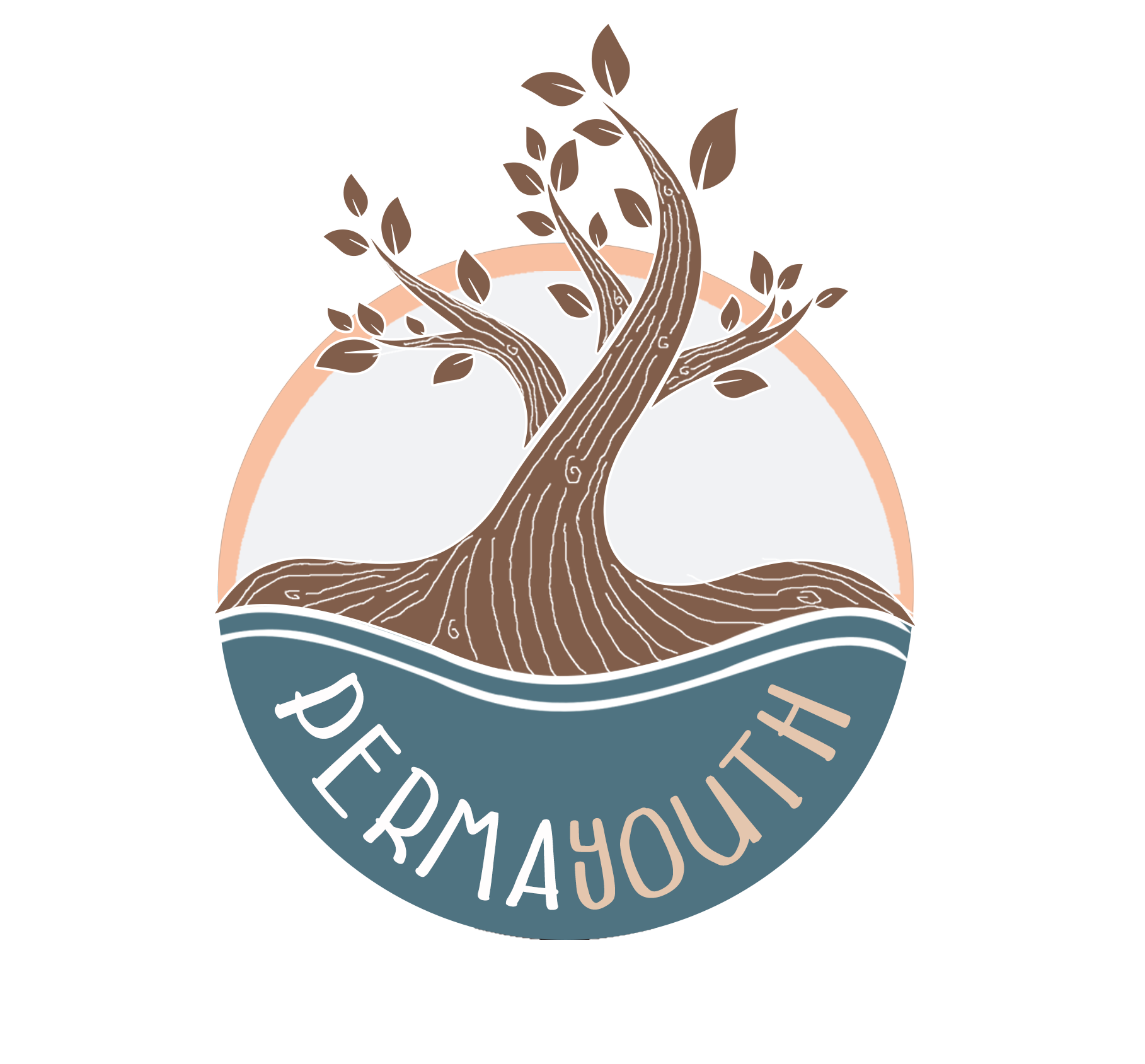📖 Introduction to the Lesson
Welcome to Chapter 7! 🥦 In this lesson, we explore one of the most essential, joyful, and political parts of our lives: food. Food shapes our health, culture, environment, and economy. But today, our global food system is facing serious challenges—from industrial monocultures and soil depletion to food insecurity and market speculation.
The good news? Permaculture offers local, regenerative, and community-based alternatives to grow and share food in harmony with nature.
🌍 The Food Crisis: From Abundance to Insecurity
Food insecurity is on the rise globally, not only due to climate change and war but also because of the way our food systems are structured. Industrial agriculture relies on long supply chains, synthetic inputs, and monocultures that exhaust the soil and ecosystems. And because food is now heavily commodified—traded on global markets like a stock—it’s often scarcity and profit, not abundance and access, that dictate prices.
Permaculture offers a different model: small-scale, local, and collaborative. It encourages us to grow food where we live, in ways that regenerate the soil and reconnect communities. Yields may be smaller, but they’re more nutritious, equitable, and resilient.
🌱 Permaculture Gardening & Food Forests
Permaculture gardens mimic natural ecosystems. Instead of neat rows of single crops, they mix trees, shrubs, herbs, and vegetables—each supporting the others. This is known as companion planting.
In Montpellier, France, the Restinclières Agroforestry Platform has shown how agroforestry systems combining cereal crops and trees improve soil fertility, protect crops from extreme weather, and reduce erosion.
In urban Bristol, UK, projects like the Food Forest Project and Grow Wilder show how cities can become sources of local, fresh food. These community plots provide free produce while creating habitats for pollinators and bringing neighbors together.
🧭 Eating with the Seasons
Eating seasonally means choosing fruits and vegetables when they naturally grow in your region. It:
- Reduces food miles and pollution 🚛
- Supports local farmers 👩🌾
- Keeps your meals fresh and nutritious 🍊
The Slow Food Earth Markets in Italy promote seasonal, local food. These markets reconnect people with regional foods and support small-scale producers who grow with care for people and planet.
🍓 Preserving the Harvest
Nature doesn’t grow all year round. That’s why preservation techniques—like fermenting, drying, freezing, and canning—are essential. In permaculture, this is part of the principle of catching and storing energy. Whether it’s a batch of tomato sauce or a jar of fermented cucumbers, preserving food helps you eat well even in winter—and waste less.
🛠️ Activity: Design a Mini Food Forest 🌳
- Choose a plot (real or imaginary): balcony, yard, or community space.
- Use layers: ground covers, herbs, shrubs, fruit trees, and tall canopy trees.
- Consider companions: what plants help each other?
- Map out your space and note your expected yields (e.g., fruit, shade, beauty, community).
- Post your design and inspiration with #PermaYouthFood
📚 Further Reading & Resources
- The Food Forest Project
- Grow Wilder Bristol
- Restinclières Agroforestry Platform – AGROMIX
- Slow Food Earth Markets
✅ Conclusion
Food is political, cultural, and deeply personal. It connects us to the earth and each other. Permaculture shows us that food can be more than a product—it can be part of a regenerative, community-powered system.
By planting locally, eating seasonally, and designing ecologically, we don’t just feed ourselves—we help restore the planet.
Ready for the next chapter? Let’s keep growing together!
